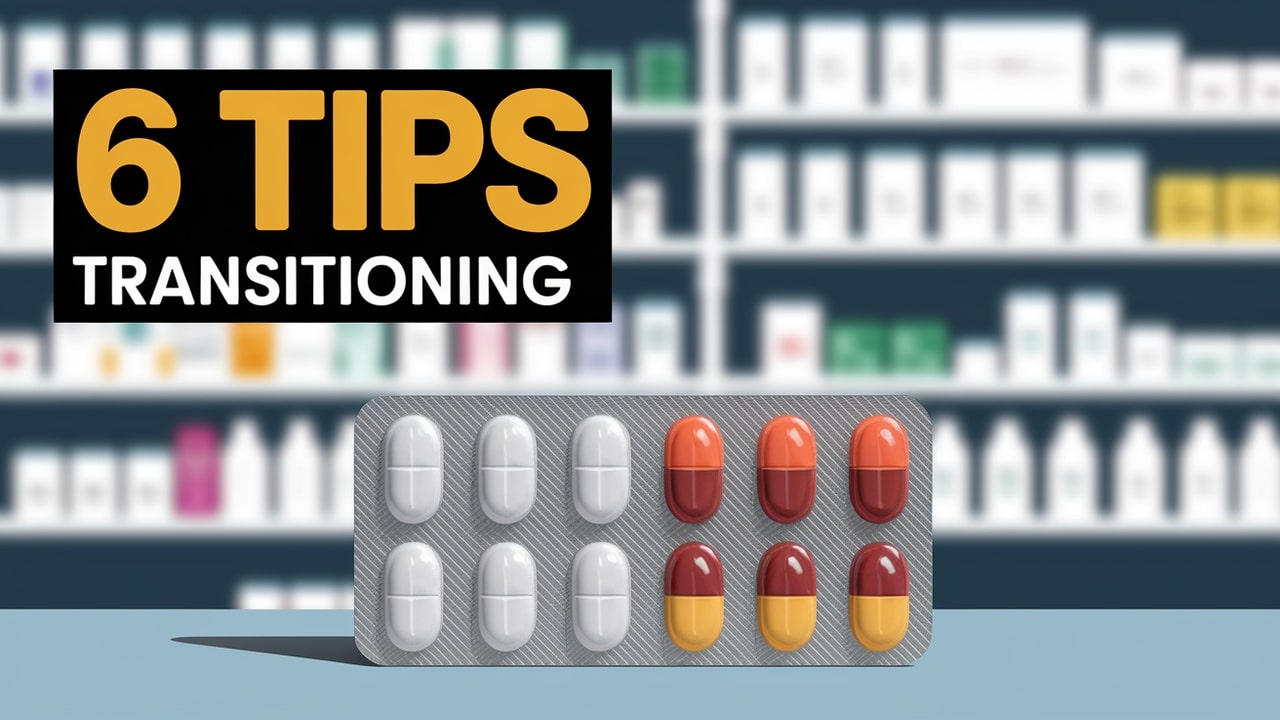
Varicose Veins: What They Are and How to Treat Them
For those with varicose veins, the urge to get rid of them extends beyond aesthetic reasons. The twisted, rope-like blood vessels bulging just under the skin’s surface may lead to discomfort, edema, and a weight sensation that impedes daily tasks.
In rare instances, varicose veins increase the risk of significant health complications, such as leg ulcers and blood clots.
Table of Contents
How do varicose veins occur?
Varicose veins form when a vein’s valves fail. These valves are designed to return blood from the body to the heart.
At the beginning of the longest vein in the body, the great saphenous vein, there is a valve that functions as a door. This door does not shut entirely in varicose veins, which most usually affect the lower legs.
Due to this, when a person with varicose veins stands, blood runs backward into the saphenous vein. With time, the vein enlarges, and the accumulated blood pressure might force it to twist.
Varicose veins are more prevalent in women, particularly pregnant women, owing to a hormone that allows the body to extend to accommodate the pregnancy.
This hormone has the adverse effect of weakening the valves in the leg veins, making women more susceptible to developing varicose veins in the future.
Moreover, age, being overweight, having a family history of varicose veins, and sitting or standing for extended periods increase your chance of getting varicose veins.
How to treat varicose veins
Depending on the severity of your condition, your doctor may recommend you try a few home remedies before pursuing further treatments.
Elevating the legs, avoiding extended standing, and using compression stockings to keep the blood flowing may alleviate symptoms and prevent their worsening.
Research findings published in the Cochrane Database of Systematic Reviews show that phlebotonics, a family of medications produced from plants and related synthetic substances, may also enhance blood circulation.
To eliminate varicose veins, however, your doctor may recommend one of the following treatment procedures:
Laser therapy and pulsed light therapy
Vein treatments are no exception to the widespread use of lasers in medical operations–doctors are heavily using EVLT to treat varicose veins. EVLT, also known as endovenous laser therapy, is a technique that removes unattractive and painful varicose veins.
After inserting an IV needle into the vein, the doctor threads a laser fiber the size of angel hair pasta into the needle. The laser then warms the varicose vein, causing damage that causes the walls to close.
Eventually, the body reabsorbs the vein, and the blood is redirected to surrounding healthy veins. If you are like many others and are scared of pain, don’t, as the process is painless due to the use of anesthesia.
The beauty of this operation is that it doesn’t take long, is not too invasive, and in most cases, you can go back to regular activities on the same day.
EVLT is often recommended for people with varicose veins that are too large.
Sclerotherapy
Although doctors use this procedure to treat varicose veins, it’s commonly used to treat spider veins.
The technique comprises one or more medical injections. A doctor injects a solution by needle into the vein, and this solution destroys the vein’s inner lining. Due to this, blood moves from the overstretched veins with thin walls to veins with larger walls.
The most frequent vein solutions are sotradecol and polidocanol, both of which are FDA-approved. Both options are painless and typically provide positive outcomes.
Sclerotherapy has been shown to be more effective for spider veins than bigger varicose veins, so if you have larger varicose veins, you may need many treatments.
For better results, some doctors combine sclerotherapy with radiofrequency thermocoagulation, which uses heat to destroy tissue.
Remember that after the procedure, you must wear a compression sock for a few days to ensure the treated vein does not retain blood.
Surgery
If you suffer from severe varicose veins or have failed to respond to the above treatments, your doctor may recommend surgery.
The most common surgical procedure that might be recommended is phlebectomy. This minimally invasive method includes making micro-incisions throughout the length of the varicose vein while using just a topical anesthetic.
The physician then utilizes a small device to extract the vein in pieces.
The good thing about this treatment is that you don’t need sutures and have no scars. It also has a short recovery period, does not need pain medication, and patients may immediately engage in mild activities.
After the procedure, it’s highly suggested that you use compression stockings to promote healthy blood flow.
The doctor may also recommend vein stripping. Here two incisions are made on the leg, and the entire vein is pulled out through an incision near the groin.
Things to remember when treating varicose veins
For the best results, have your varicose veins treated in a reputable institution such as West medical that has all the necessary equipment and staff.
Before the procedure, inform your doctor if you have a heart or vascular condition. This is because the great saphenous vein is usually damaged during therapy.
Although this vein may be safely removed to treat varicose veins, it is often utilized in bypass procedures, so it should not be removed if you are likely to require it in the future.
If you have medical insurance, you should note that most insurance companies require you to undertake a compression treatment, such as wearing compression stockings, before undergoing more intrusive medical procedures.
To avoid problems with your insurance company, it’s wise to avoid jumping straight to more invasive and costly treatment options.
While this is the case, you should note that insurance coverage is more likely to be accepted if your varicose veins cause discomfort, edema, or other symptoms.
So to prove to the insurance company that you are doing the procedure for medical reasons and not aesthetic reasons, get a medical report from your doctor.
Nonsurgical therapies have shorter recovery periods than surgical procedures.
Also, problems such as numbness, skin ulcers, bruising, or discomfort are less likely to occur. So, you should always start with nonsurgical treatment options.






